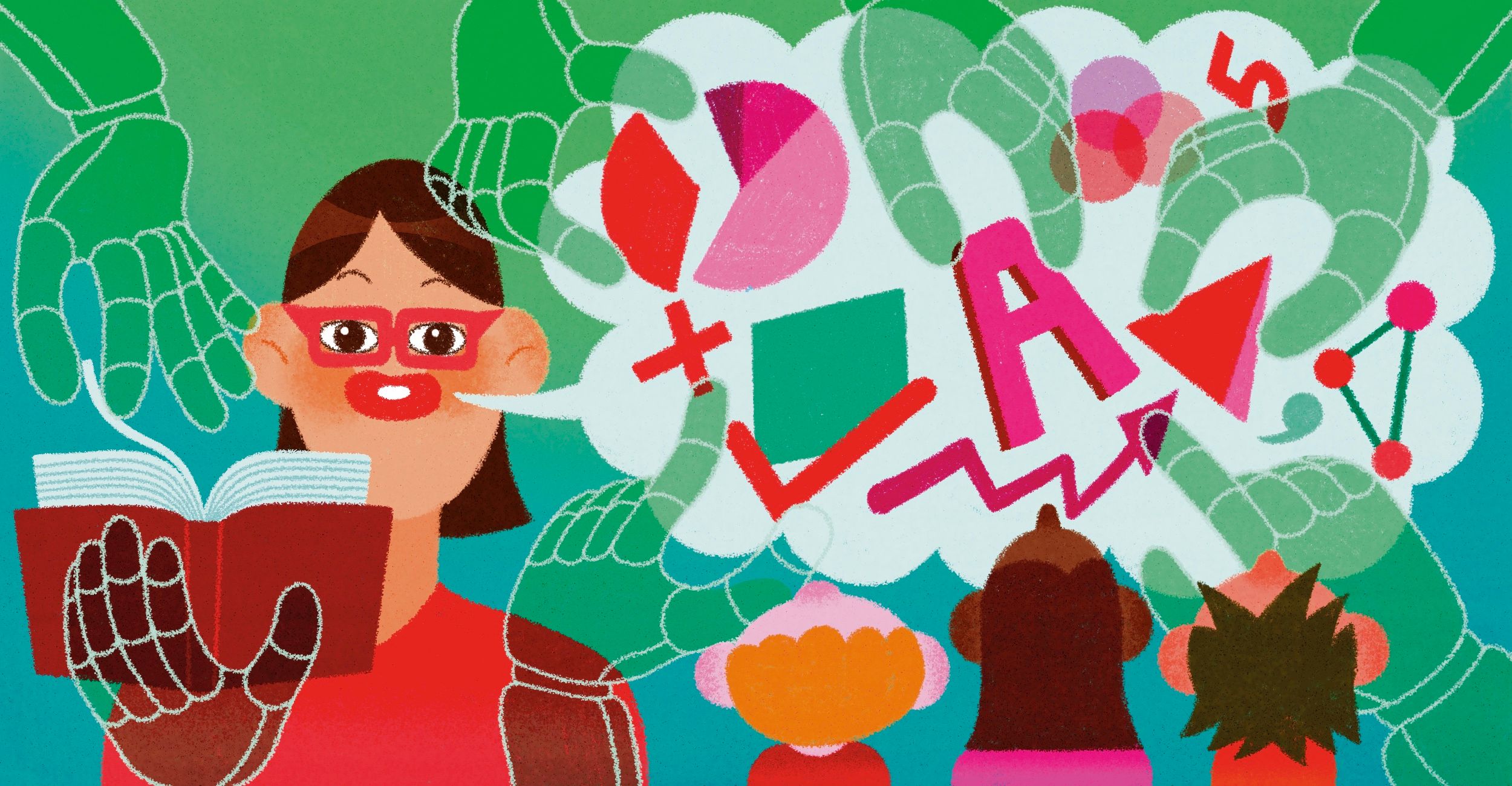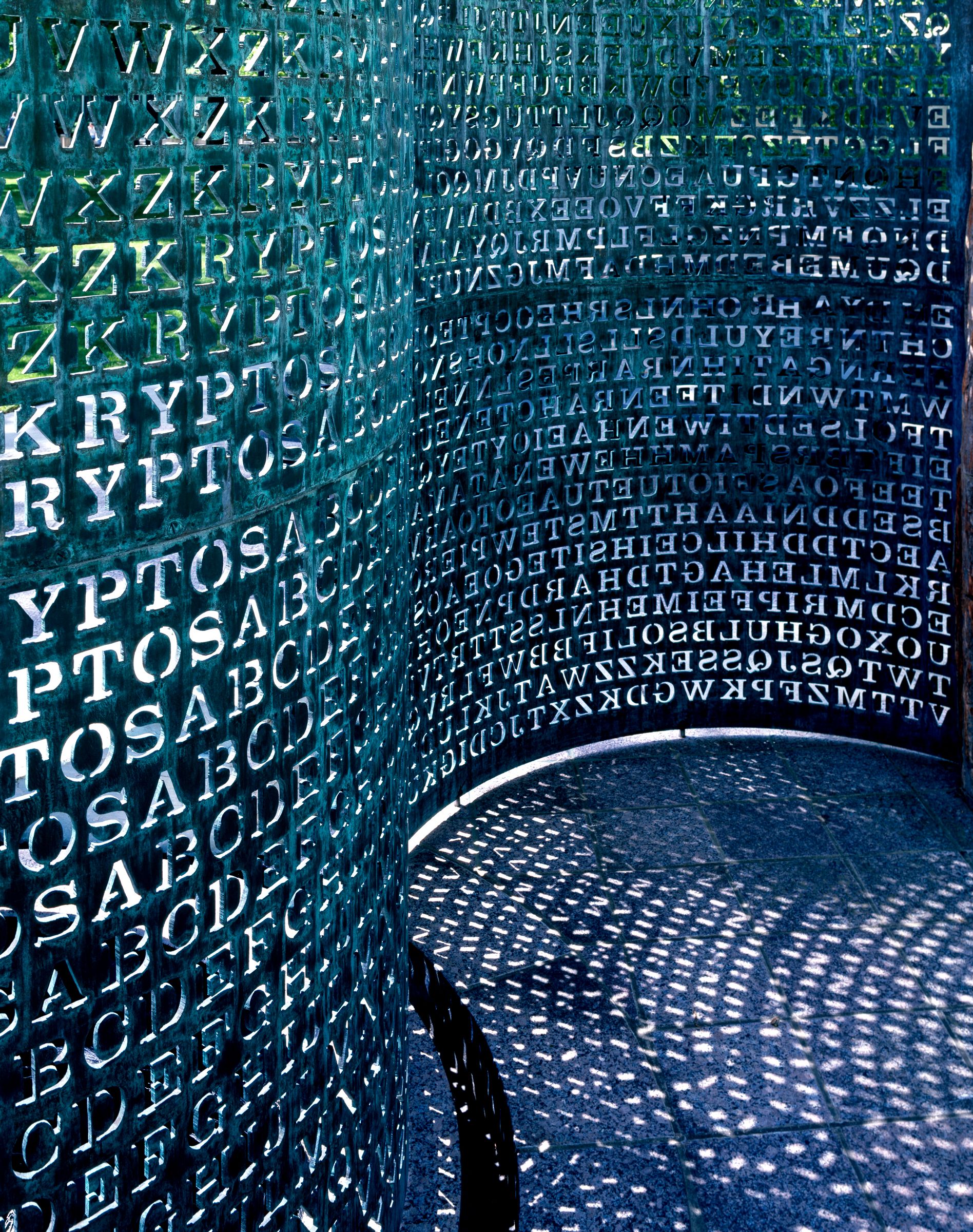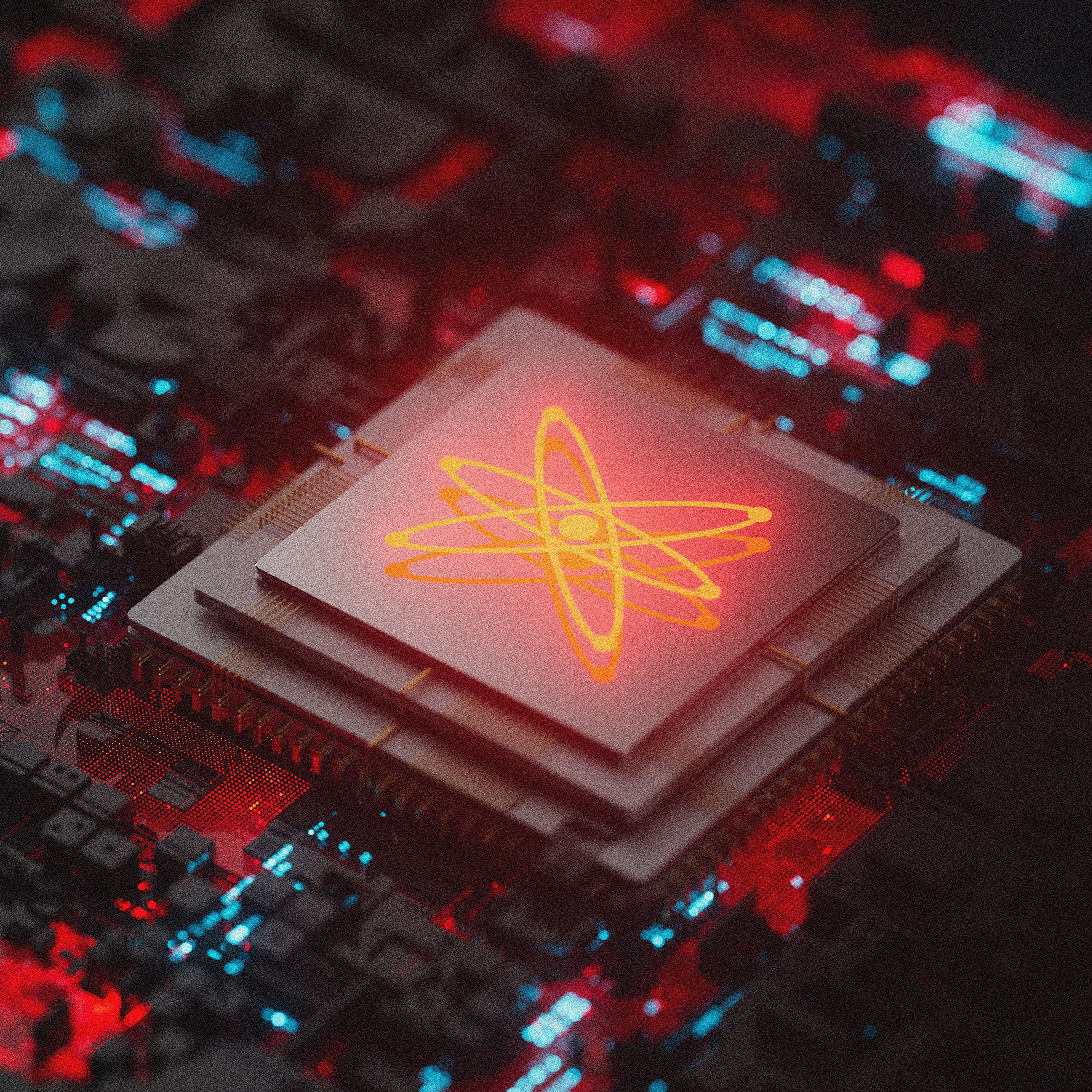Teachers Are Trying to Make AI Work for Them
Teachers Are Trying to Make AI Work for Them
In today’s technology-driven world, teachers are constantly seeking new ways to improve their teaching methods…

Teachers Are Trying to Make AI Work for Them
In today’s technology-driven world, teachers are constantly seeking new ways to improve their teaching methods and enhance student learning. One of the latest trends in education is the integration of artificial intelligence (AI) into the classroom.
AI has the potential to revolutionize the way teachers interact with students, personalize learning experiences, and provide real-time feedback. With AI-powered tools, teachers can analyze student performance data, identify areas where individual students may be struggling, and tailor instructional materials to meet their specific needs.
Furthermore, AI can help teachers save time on administrative tasks such as grading and lesson planning, allowing them to focus more on engaging with students and delivering high-quality instruction.
Despite the numerous benefits of AI in education, many teachers are still hesitant to fully embrace this technology. Some worry that AI may replace them in the classroom, while others are concerned about data privacy and security issues.
However, as AI continues to advance and become more integrated into our daily lives, it is crucial for educators to keep an open mind and explore how this technology can enhance their teaching practice.
Ultimately, the goal is not to replace teachers with AI, but rather to empower them with the tools and resources they need to be more effective educators. By leveraging AI in the classroom, teachers can create a more personalized and engaging learning environment for their students.
As educators continue to experiment with AI and find ways to make it work for them, the potential for innovation and improvement in the field of education is limitless. With the right approach, teachers can harness the power of AI to revolutionize the way they teach and inspire future generations of learners.




